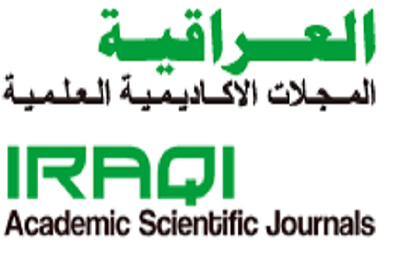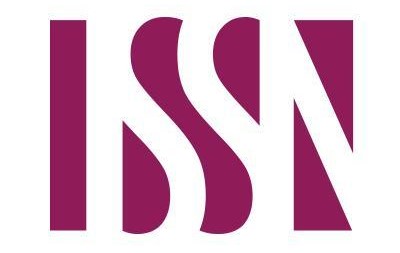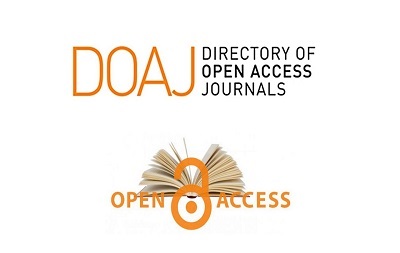دراسة تحليله لدور التقانة للمدرب في السلوك التدريبي من وجهة نظر اللاعبين في الدوري الممتاز العراقي
محتوى المقالة الرئيسي
الملخص
يهدف البحث الى اعداد مقياس التقانة للمدرب في السلوك التدريبي لأندية الدوري الممتاز بكرة القدم من وجهة نظر اللاعبين، وأستعمل الباحثون المنهج الوصفي لملائمته طبيعة البحث، ويتكون مجتمع البحث من لاعبي أندية الدوري الممتاز بكرة القدم للموسم الكروي ( 2021-2022 ) ، وتم اختيار العينة بالطريقة العمدية وتكونت من لاعبي اندية الدوري الممتاز والبالغ عددهم (635) لاعباً واستنتج الباحثون ان تقدم المدرب في قابليته ومهاراته المعتمدة على دور التقانة وتأثيراتها في جعل توجهه أكثر عالمية , اما اهم توصيات الباحثون فهي الدعوة الى أن تمارس الجهات المختصة والمسؤولة عن إعداد القيادات التدريبية دورا واسعا في إعادة تأهيل المدرب العراقي ثقافيا بما يتلاءم والتوجه العالمي وذلك بنشر الثقافات التدريبية الأخرى وتعلمها وأيضا بتخصيص إفادات للمدربين للتفاعل مباشرة مع ثقافات الدول الأخرى.
تفاصيل المقالة

هذا العمل مرخص بموجب Creative Commons Attribution-NonCommercial 4.0 International License.
المراجع
Abdlkareem, H. A., & Nazzal, A. H. J. (2022). AN ANALYTICAL STUDY OF THE AVAILABILITY OF REQUIREMENTS FOR THE IRAQI PLAYER’S PROFESSIONALISM IN FOOTBALL ACCORDING TO THE DIMENSION OF SPORTS SPONSORSHIP FROM THE PLAYERS’POINT OF VIEW IN THE PREMIER LEAGUE. ResearchJet Journal of Analysis and Inventions, 3(6).
Abdulrahman, M. A., Ali, B. A., & Hammad, S. H. (2020). The Impact of the Use of Stairs and Hoops Exercises in the Compatibility and Speed of the Skill Performance of the Players of Ramadi Football Club for Youth. International Journal of Psychosocial Rehabilitation, 24(05).
Adnan, A. H. et al. (1997). The Arab Banking Industry in the World of Modern Information and Communications. Journal of the Union of Arab Banks, 199.
Bilal, B. A.-S. (2012). Work Ethics: Vol. first edition. Dar Al-Masirah for Printing and Publishing.
Fayez Jumaa Al-Najjar et al. (2010). Scientific research methods - an applied perspective: Vol. 2nd edition. Dar Al-Hamid.
Khalifab, M., & Jabbar, R. H. (2023). The effect of an electronic device designed to measure the degree of bending of the knee angle in developing the skill of catch and Clearance the high ball for football goalkeepers under (15 years). J Xi’an Shiyou Univ Nat Sci Ed, 19(11), 751–764.
MANDOOB, M. A., & ABED, Y. (2024). AN ANALYTICAL STUDY OF THE ORGANIZATIONAL CRISES FACING COACHES IN THE IRAQI FOOTBALL LEAGUE. International Development Planning Review, 23(1), 226–236.
Muhammad, H. A., & Radwan, M. N. al-D. (2002). Measurement in Physical Education and Sports Psychology. Dar Al-Fikr Al-Arabi.
Muhammad, I. N., & Nazzal, A. H. J. (2024). An analytical study of the role of the player’s personality and the social factors that prevent the implementation of professionalism regulations in women’s football in sports clubs in Iraq. Journal of Studies and Researches of Sport Education, 34(3). https://doi.org/https://doi.org/10.55998/jsrse.v34i3.704
Nazal, A. H. J., & Hassan, M. (2020). An analytical study of the level of reciprocal leadership according to the stage of mature participation among coaches of Premier League football clubs from the players’ point of view. Journal of Sports Education Studies and Research, 62, 12.
Nazzal, A. M. D. A. H. J. (2014). An analytical study of the level of professional affiliation with the school of physical education in the public and private sector to build and apply. Journal of Studies and Researches of Sport Education, 41.
Raysan Khuraibit. (1987). Research Methods in Physical Education. Dar Al-Kutub Directorate for Printing and Publishing.
Sadiq, A. H. G. N. P. (2018). An analytical study of the reality of evaluating the price of the professional handball players. Journal of Studies and Researches of Sport Education, 54. https://www.iasj.net/iasj/article/167338





 IASJ
IASJ CC-BY-4.0
CC-BY-4.0 turnitin
turnitin ISSN
ISSN DOAJ
DOAJ Crossref
Crossref GoogleScholar
GoogleScholar Orcid
Orcid